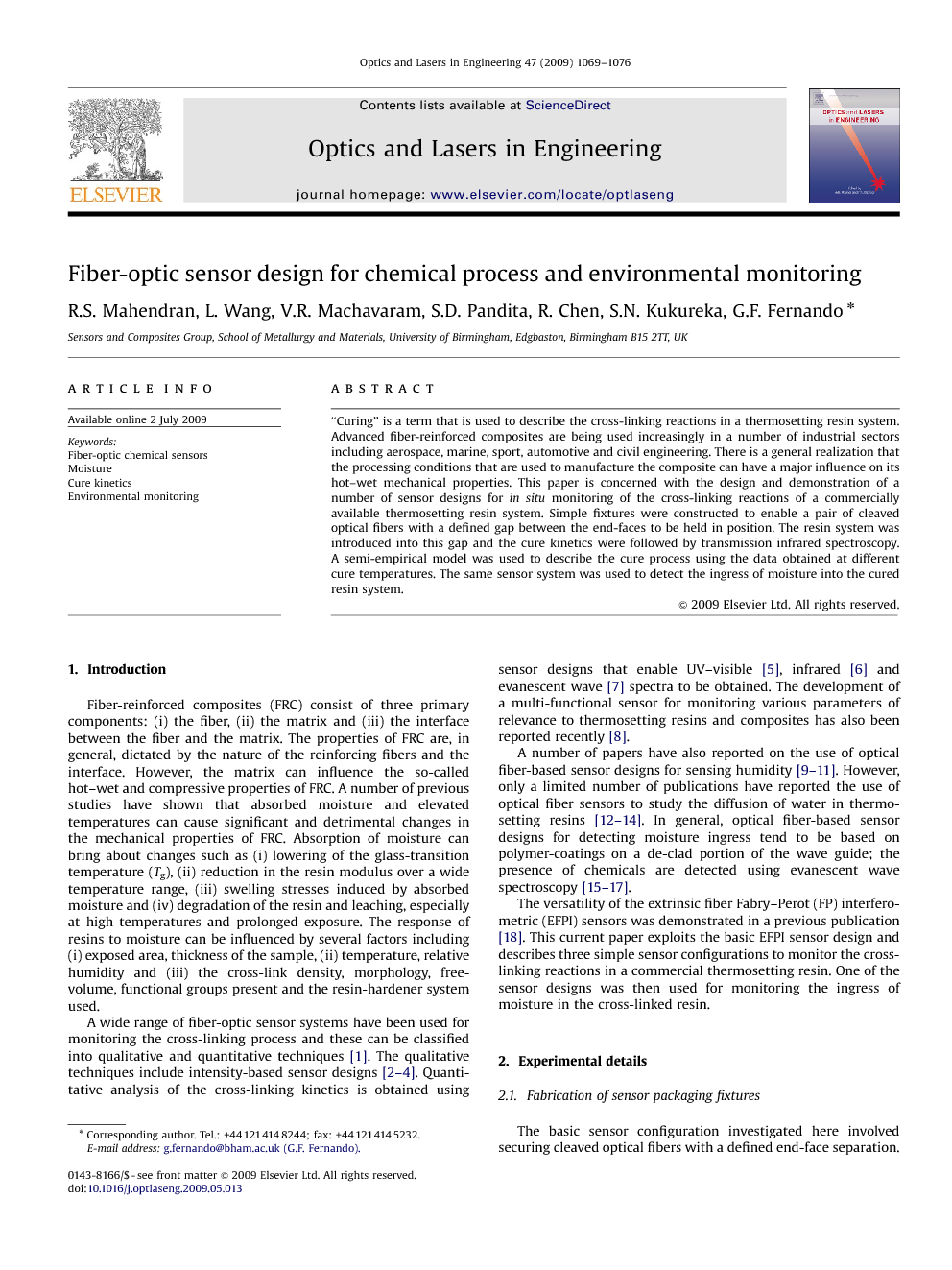ترجمه فارسی عنوان مقاله
طراحی سنسور فیبر نوری برای فرایند شیمیایی و پایش محیطی
عنوان انگلیسی
Fiber-optic sensor design for chemical process and environmental monitoring
| کد مقاله | سال انتشار | تعداد صفحات مقاله انگلیسی |
|---|---|---|
| 21636 | 2009 | 8 صفحه PDF |
منبع

Publisher : Elsevier - Science Direct (الزویر - ساینس دایرکت)
Journal : Optics and Lasers in Engineering, Volume 47, Issue 10, October 2009, Pages 1069–1076
ترجمه کلمات کلیدی
سنسورهای شیمیایی فیبر نوری -
رطوبت -
درمان سینتیک -
پایش محیطی -
کلمات کلیدی انگلیسی
Fiber-optic chemical sensors,
Moisture,
Cure kinetics,
Environmental monitoring,

